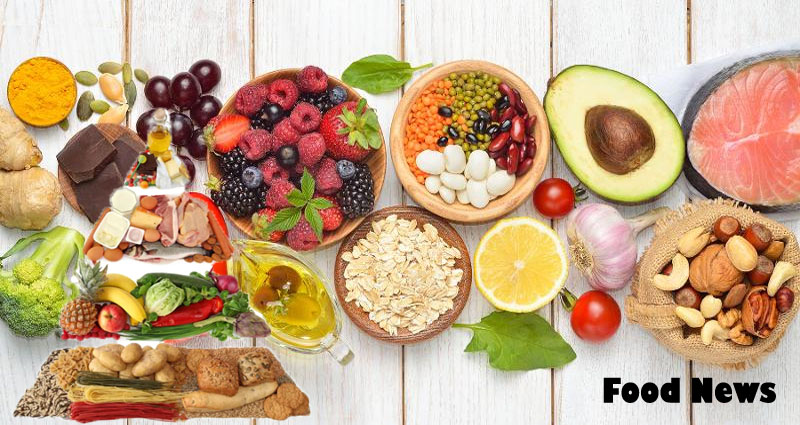Our not-so-nutritious lifestyles keep generating headlines: “Don’t eat this; avoid that!” Around the chopping block is every little thing from quick food, soft drinks, and red meat to trans fats, saturated fats, and sodium-laden foods. It is no wonder that March has been designated National Nutrition Month.
It is been estimated that one-third of our children/adolescents are either overweight or obese, putting them in greater danger of building kind 2 diabetes, higher blood pressure, and also other wellness troubles. We, adults, are faring no far better. Indeed, based on a National Wellness and Nutrition Examination Survey information, two-thirds of adults within this country are overweight-and one-third of that group is obese.
A single purpose: we’re filling up on not-so-good for us goodies:
- A little quick food restaurant order of French fries is loaded with 230 calories, in addition to 11 grams of fat, and 160 milligrams of sodium.
- Just 1 slice from a standard 14″ cheese pizza provides up to 300 calories, 11 grams of fat, and 750 milligrams of sodium.
- A one-ounce bag of potato chips is worth 150 calories, 10 grams of fat, and 180 milligrams of sodium.
- Just 3 cream-filled cookies fill you with 160 calories, 7 grams of fat, and 210 milligrams of sodium.
You get the idea; it all adds up. Quickly.
Have no doubt: our food selections are expanding our waistlines and compromising our well-being, and our children’s, as well. All-too-absent from our diets: fruits, vegetables, lean meats, and low-fat dairy.
Enter the federal government. Given the food possibilities our youngsters are making and such standard school fare as pizza, hot dogs, fries, and tacos, in December, President Obama signed the $4.5 billion (over 10 years) Healthier, Hunger-Free Youngsters Act, designed to improve school meal offerings. Among other items, it…
- Requires that water be out there during meal service, free of charge;
- Strengthens Local School Wellness Policies;
- Promotes farm-to-school applications;
- Provides the Secretary of Agriculture the authority to establish nutritional standards for all foods sold in schools throughout the day.
Meanwhile, more adjustments are in the offing on the subject of foods served at schools. In January, the USDA proposed a new set of nutrition requirements for the National School Lunch Plan, which offers cost-free or reduced-cost lunches to some 31 million children.
In a word, they are planning to:
- Lower the quantity of such starchy vegetables as corn, peas, and potatoes;
- Serve only unflavored 1% milk or fat-free flavored or unflavored milk;
- Up the number of fruits and vegetables that happen to be offered;
- Improve complete grains drastically;
- Reduce trans fat;
- Lower sodium in meals more than the following ten years.
Make no mistake about it, even though; it all starts at home. Take these recommendations to heart, study food labels when grocery buying, after which tweak your meal and snack offerings. And although you are at it, exercising and outdoor play on everybody’s to-do list, as well. Improved overall health all about; no regrets.









